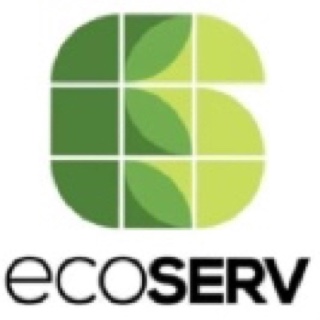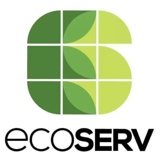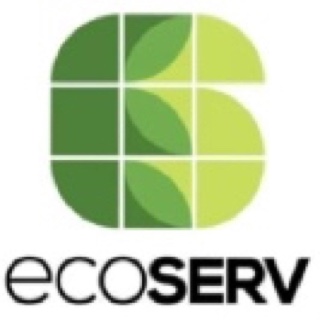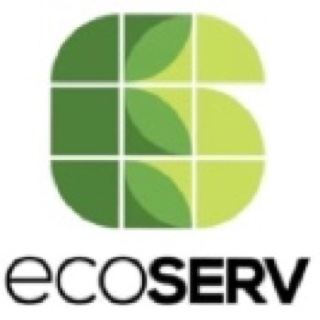Information
-
Observation conducted by:
-
Client and/ or Facility:
-
Conducted on:
-
Prepared by:
-
Location:
-
Personnel present during observation:
-
The intent of this assessment is to provide the job-site or facility observer a documented guide to review the areas of focus outlined below. The areas of focus during a job-site or facility observation; however are not just limited to the focus items outlined and the observer shall use their best judgment in deciding whether observed items of concern require immediate action or can be listed in the comments section for EHS follow-up. Positive recognitions are also a portion of such assessments and shall also be listed in the comments section. Any item listed unsatisfactory will require follow-up actions and the Person-In-Charge shall be prepared to acknowledge with a plan of improvement(s). Such items, dependent on their severity shall be identified with improvement expectation dates as well. Safety Mindset: Unsafe Condition leads to an Unsafe Act which can result into a Near-Miss or worse an Accident!
1.0 Observation Guidance Items
-
1.1 Safety Meeting conducted pre-job (BBS cards available and utilized, facility and/or location rules and expectations documented; i.e. Section 0.16 Project Management Tool)
-
1.2 JSEA’s (written appropriate to job task, hazards accurately identified, document complete and signed)
-
1.3 SSE’s (Short Service Employees) listed on the JSEA and assigned a Mentor (<25% of crew/ 1-5 person ratio)
-
1.4 Daily Pre-use Equipment Inspections are conducted and documented, i.e. crane, forklift, skid-loader, vacuum system, cleaning system and components, etc.
-
1.5 Proper PPE for the task being utilized in a well maintained condition (head, eye, face, body, hands and foot protection applicable to the task) <br>
-
1.6 Good Housekeeping Practices (according to the expectation and culture of the company in both work and living areas)<br>
-
1.7 Employees are Fit-for-Duty (clean shaven for required respiratory task, focused on job task, well-hydrated; etc.)
-
1.8 Ergonomics (employees are using proper body mechanics- lifting techniques, proper footing and hand placement- operating from their core or green zone) no straining, awkward positioning, pushing or pulling. <br>
-
1.9 Hazard Controls (what could cause a slip, trip or fall, pinch risk, line-of-fire and other risk properly identified and managed) <br>Hierarchy of Risk-<br>a. Elimination<br>b. Substitution<br>c. Engineering Controls/ Isolation <br>d. Administrative Controls/ Policies, Procedures and/ or Training<br>e. Personal Protective Equipment <br>
-
1.10 Spill Protection (secondary containment, proper connections and fittings on hoses, whip-checks and pins, etc.)
-
1.11 Safety and Compliance (Ecoserv, LLC's Safety Culture)<br>Company Purpose-<br>Innovative and driven people providing superior environmental solutions<br><br>Core Values-<br>Safety is No Accident<br>Science Beyond Compliance<br>We are People of Character<br>One for All<br>No Status Quo<br><br>Safety Mission<br>Safety pays, accident cost. When you work safe, nothing is lost. <br>
-
1.12 Gas Detection Equipment Calibration (materials are up-to-date for daily pre-use checks and monthly calibration)<br><br>
-
1.13 Proper Work-Permits executed and documented, i.e. confined space, hot-work, LO/TO, etc.
-
1.14 Gangway Usage (vessel access is properly secured and PFD(s) are being utilized when 10FT from the water)<br>
-
1.15 Safe Lifting and Rigging Practices (established communication w/ radios, use of tag-lines, designated signal-man, swing radius marked, no personnel positioned or traveling in a line-of-fire/ under load area, etc.)<br><br>
-
1.16 Confined Space (besides a permit being in place are safe entry practices and recordings being adhered to; i.e. record of the space being initially cleared of atmospheric hazards prior to personnel exposure and/or entry, all entries and exits are approved/documented by the entry supervisor, etc.)
2.0 P.A.L.S. is an acronym for (PERFORMANCE, ACCOUNTABILITY, LIFE, & SYSTEMS = Safe and Sustainable). The program influences safe behavior alignment by the use of (14) icons and written guidance that correlates to all EHS Manual programs. “Core rules are/ were determined based off constant hazards; Supplementary Rules are/ were determined based off contextual hazards”.
-
Core Rules: Based on observance is compliance being achieved for all CORE Rules<br> 1. Confined Space<br>2. Heights (Working/ Ascending and Descending)<br>3. Safe Lifting Practices/ Suspended Loads (Line of Fire)<br>4. Transportation (Operator Shall-Plan Trips, Obey Laws and Cellular Usage is Prohibited)<br>5. Permitting Systems (Working and Regulating Requirements)<br>6. Energy Isolation
-
Select the number of rule categories applicable to your recognized deficiencies and provide a positive comment as to explain how compliance achievement can be obtained:
- Confined Space
- Heights - Fall Protection
- Safe Lifting Practices/ Suspended Loads
- Transportation
- Permitting Systems (Working and Regulating Requirements)
- Energy Isolation
-
Compliance Achievement Comments:
-
Supplementary Rules: Based on observance is compliance being achieved for all SUPPLEMENTARY Rules<br>7. Hazardous Atmospheric Exposure (Chemical/ Gas Hazards)<br>8. Working around Heavy Equipment<br>9. Dropped Objects<br>10. Safety Barriers and Equipment Guards<br>11. Severe Weather<br>12. Proper Personal Protective Equipment Practices<br>13. Fit-for-Duty (Health Management)<br>14. Stop-Work-Authority (Associated with Every Rule)
-
Select the number of rule categories applicable to your recognized deficiencies and provide a positive comment as to explain how compliance achievement can be obtained:
- Hazardous Atmospheric Exposure
- Working around Heavy Equipment
- Dropped Objects
- Safety Barriers and Equipment Guards
- Severe Weather
- Proper Personal Protective Equipment Practices
- Fit-for-Duty
- Stop-Work-Authority (Associated with Every Rule)
-
Compliance Achievement Comments:
3.0 Comments
-
3.1 Recommendations, Action Items and/or Observance Concerns:
-
3.2 Positive Recognition(s):
-
Media and/ or Photographs
3.0 Acknowledgement Signatures
-
Person-In-Charge Signature:
-
Observer's Signature:









